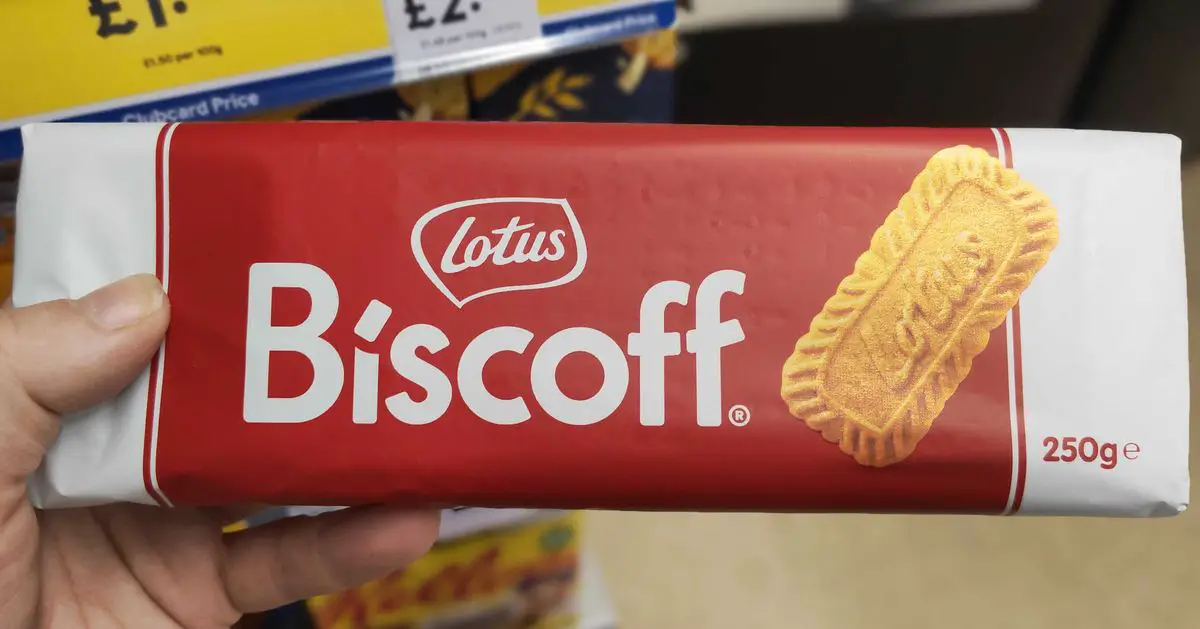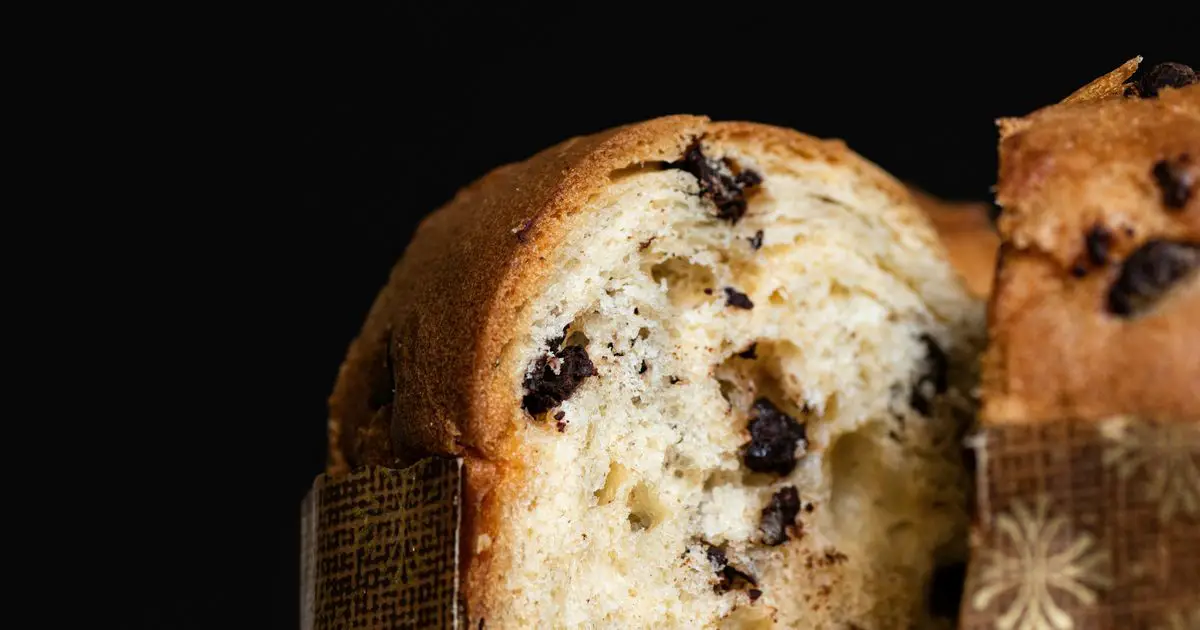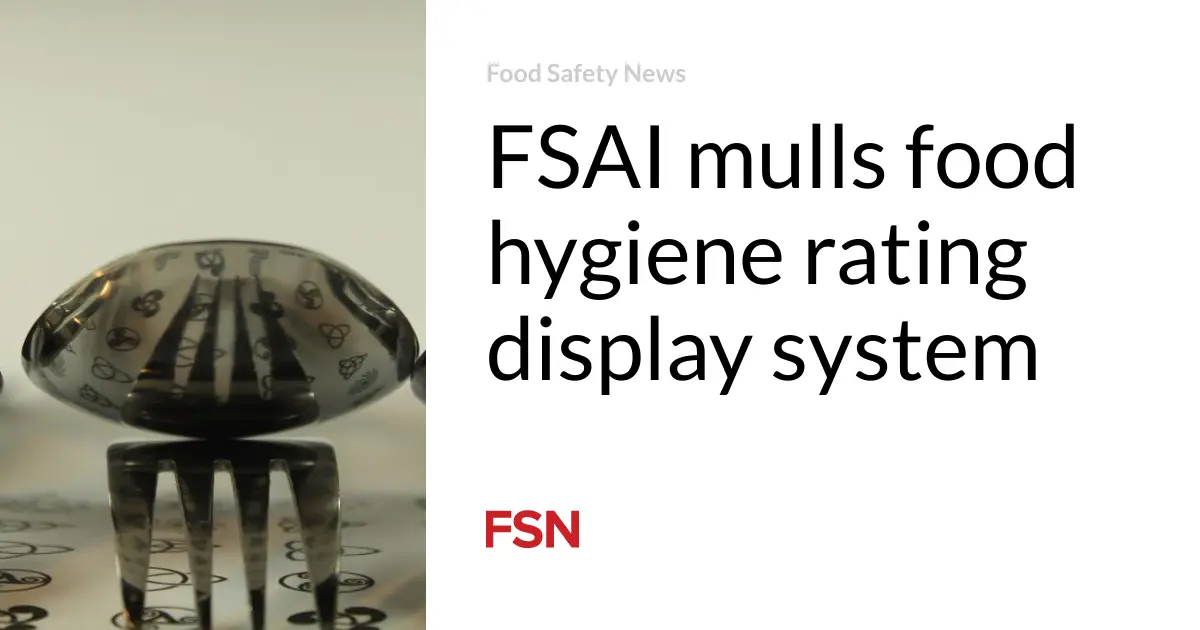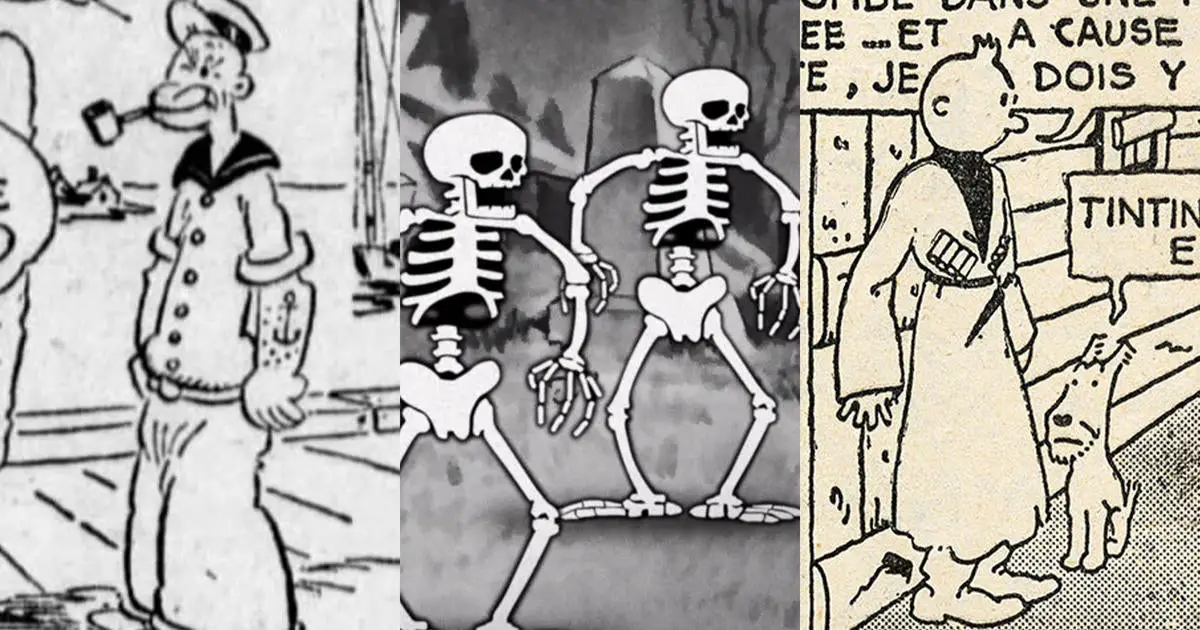
Did you know airlines love Biscoff?
Brett Snyder, the president of flying-focused blog Cranky Flier, told Conde Nast Traveller: “You want to avoid anything that requires a specific temperature. The default snack of choice used to be peanuts, but all the concerns about allergy really quashed that one.”
You also need “something that’s either salty or sweet to really get people’s taste buds working — which they do differently at altitude than they do on the ground,” he added.
But what is that distinctive Biscoff flavour to begin with?
At first, I thought it was something like malt; but their ingredients list doesn’t include that.
I found out that spices aside, their real secret is sugar.
But don’t all biscuits have sugar?
You’d be right there ― but it’s about how they cook it.
The company’s own site lists “the distinctive caramelised” profile as a cause of its “unique taste and crunchiness of Biscoff.”
That tracks. Jan Boone Sr., who invented the cookie, was the first to create “a caramelised biscuit with nothing but natural ingredients” in 1932, Lotus says.
The biscuit’s modern-day ingredients are listed as “Wheat flour, Sugar, Vegetable oils (contains one or more of soybean oil, sunflower oil, canola oil, palm oil), Brown sugar syrup, Sodium bicarbonate (leavening), Soy flour, Salt, Cinnamon.”
That “brown sugar syrup” may be doing a lot of heavy lifting when it comes to the distinctive flavour profile of the cookie ― when you mix it with a fat like sunflower oil, it becomes a kind of caramel.
No, really, a LOT of it is the sugar
The more I look into this, the more seriously I realise Belgians (Lotus was invented by a Belgian baker) take sugar.
Speaking to The Guardian about speculaas, or speculoos, an early progenitor of Lotus, Belgian food writer Regula Ysewijn described the complexities of Belgium’s sweet stuff.
She uses a type which is hard to get in the UK called kandij, “white beet sugar slowly and repeatedly heated until it caramelises and crystallises,” in her speculoos recipes.
“In Belgium… sugar cane was historically unavailable, leading sugar beet refiners to develop a different sort of brown sugar, one made with refined sucrose and caramel,” pastry chef Stella Parks told Serious Eats.
“So, instead of the acidic, malty, slightly bitter, and vaguely fruity taste of molasses, Belgian brown sugar gives Biscoff a backbone of caramel flavour.”
She also cites Ceylon cinnamon as a cause of its instantly recognisable taste.







